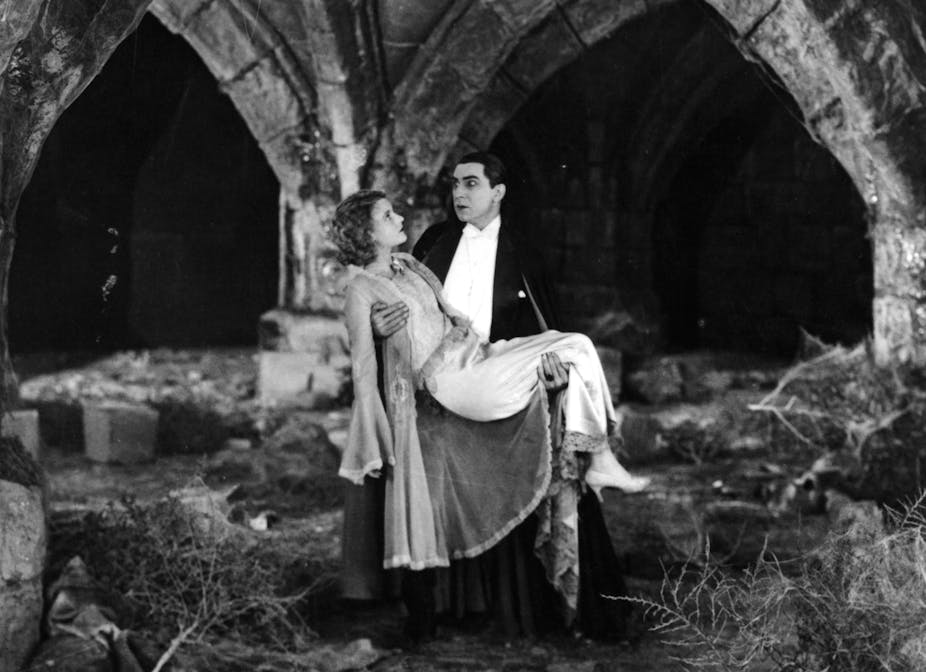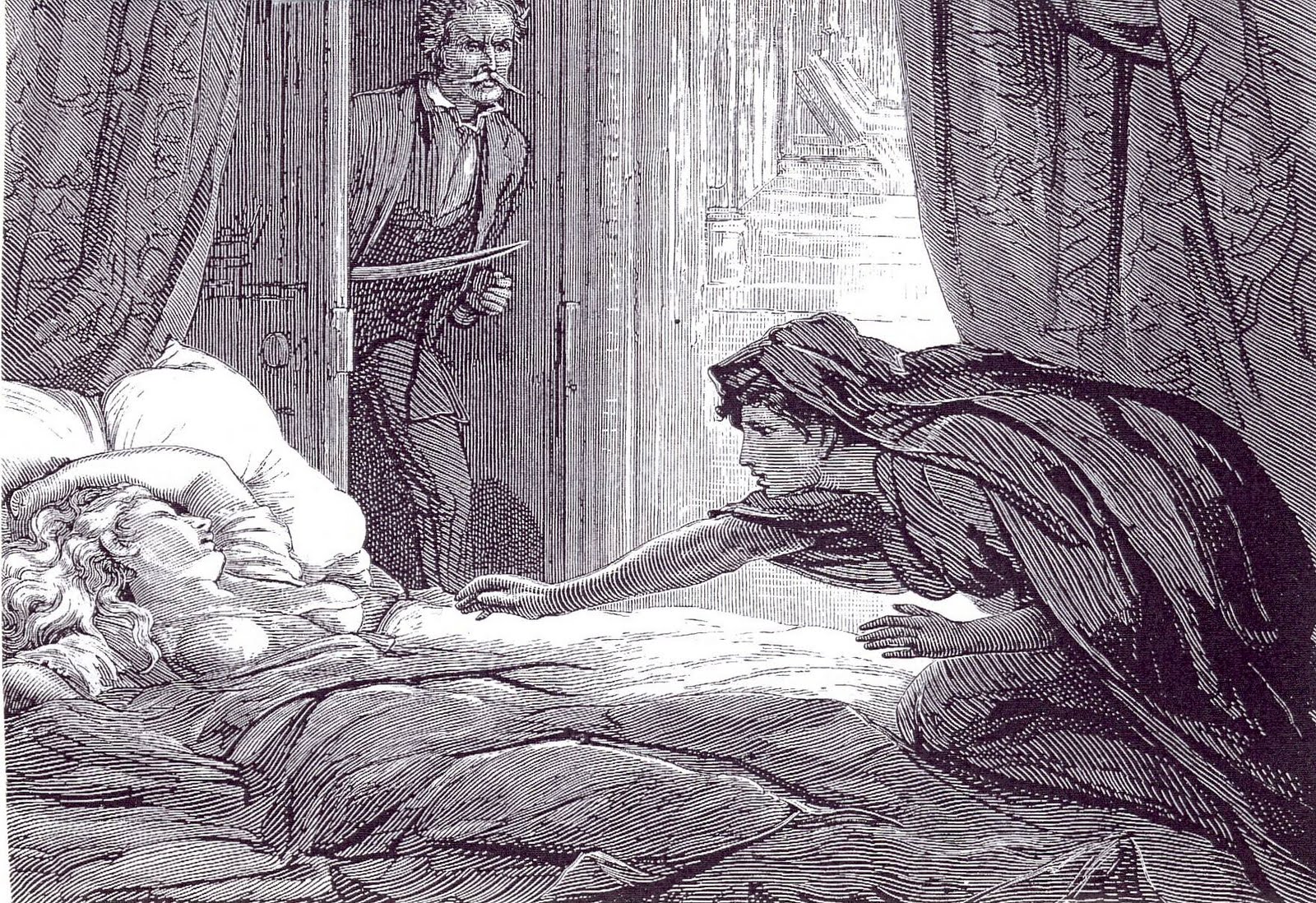All About Vampires
The Origins and Genesis of Vampirism: Unveiling the Mystical Tapestry
Vampirism, a mythical phenomenon that has captivated human imagination for centuries, has roots deeply embedded in the folklore and legends of various cultures. This article aims to explore the origins and genesis of vampirism, tracing its evolution through different civilizations and unraveling the multifaceted tapestry that has shaped the vampire myth.
Ancient Roots
The concept of vampirism can be traced back to ancient civilizations, with diverse cultures weaving their own narratives around blood-sucking entities. In Mesopotamian folklore, there are tales of creatures resembling vampires, such as the ekimmu and the Lilitu, which bear similarities to later vampire legends.
Ancient Greece also contributed to the vampire lore with stories of Lamia, a female demon who was said to drink the blood of children. The Romans had their own vampiric entities, such as the Strix, nocturnal creatures believed to suck the blood of infants.
Eastern European Legends
The modern image of the vampire, often associated with Eastern European folklore, gained prominence during the Middle Ages. The most notable figure is Vlad III, also known as Vlad the Impaler, whose brutal methods and alleged fondness for drinking blood have inspired the Dracula legend.
The word "vampire" itself has Slavic origins, with variations like "upir" in Russian and "nosferatu" in Romanian. The Balkan region, especially Serbia and Bulgaria, has rich vampire traditions, with stories of the "dhampir" – a hybrid creature born of a vampire and a human.
Literary Contributions
The 18th and 19th centuries witnessed a surge in vampire literature, contributing significantly to the popularization of vampirism. One of the most influential works is Bram Stoker's "Dracula" (1897), which introduced the charismatic and immortal Count Dracula, solidifying the modern vampire archetype.
Symbolism and Interpretations
Vampirism has often been interpreted as a metaphor for various societal fears and anxieties. The act of drinking blood, for instance, can be seen as a symbol of forbidden desires, sexual taboos, or the fear of the unknown. Additionally, the immortality of vampires raises questions about the nature of life, death, and the consequences of defying the natural order.
Contemporary Pop Culture
In the 20th and 21st centuries, vampirism has transcended folklore and literature to become a staple of popular culture. From Anne Rice's "The Vampire Chronicles" to the "Twilight" saga, modern media continues to explore and reinvent vampire mythology, adapting it to contemporary themes and sensibilities.
Conclusion
The genesis of vampirism is a rich tapestry woven with threads from ancient folklore, historical figures, literary works, and societal fears. From the blood-sucking demons of Mesopotamia to the iconic Dracula of Transylvania, the vampire myth has evolved, adapted, and persisted through the ages, leaving an indelible mark on human imagination and culture.
From Ancient Myths to Modern Twilight: The Evolution of Vampirism through the Ages
Vampirism, a captivating and enduring phenomenon, has transcended centuries, leaving its mark on the pages of history, literature, and popular culture. This article delves into the diverse manifestations of vampirism from ancient myths to contemporary narratives, exploring how this mythical creature has evolved and adapted over time.
Ancient Roots: Mesopotamia to Greece
The roots of vampirism can be traced to the ancient myths and folklore of Mesopotamia and Greece. In Mesopotamian cultures, entities like the ekimmu and Lilitu were believed to consume the life force of the living. Greek mythology introduced Lamia, a female demon who preyed on children, and the Strix, nocturnal creatures with a penchant for blood, setting the stage for future vampire legends.
Medieval Europe: Birth of the Vampire Archetype
The medieval period in Europe witnessed the crystallization of vampire archetypes, with Eastern European folklore contributing significantly. Vlad III, known as Vlad the Impaler, inspired the Dracula legend with his notorious deeds. The word "vampire" itself has Slavic origins, reflecting the rich vampire traditions in regions like Serbia and Bulgaria, with tales of the dhampir – the offspring of a vampire and a human.
Literary Renaissance: Dracula and Beyond
The 18th and 19th centuries saw a literary renaissance of vampiric tales. Bram Stoker's "Dracula" (1897) catapulted the vampire into mainstream Western culture, introducing the charismatic and immortal Count Dracula. Other literary works, such as John Polidori's "The Vampyre" (1819) and Sheridan Le Fanu's "Carmilla" (1872), further shaped the vampire myth.
Symbolism and Allegory
Vampirism, beyond its literal interpretation, has often been a vessel for symbolic expression. The act of drinking blood has been associated with forbidden desires, sexual taboos, and the fear of the unknown. The immortality of vampires prompts contemplation on the nature of life, death, and the consequences of defying the natural order.
Twentieth Century and Beyond: Pop Culture Resurgence
The 20th century witnessed a resurgence of vampire lore in popular culture. Anne Rice's "The Vampire Chronicles" and the gothic romance of "Buffy the Vampire Slayer" contributed to the vampire's enduring appeal. The 21st century brought a new wave with the "Twilight" saga, offering a romanticized and contemporary take on vampire mythology.
Global Perspectives: Vampires in Different Cultures
Vampiric folklore is not confined to Western traditions. Various cultures around the world, from China's "jiangshi" to the Philippines' "aswang," have their own interpretations of blood-sucking entities. These diverse narratives reflect the universal fascination with the concept of creatures that straddle the line between life and death.
Conclusion
The evolution of vampirism from ancient myths to modern narratives showcases its resilience and adaptability. From the ominous folklore of the past to the glittering vampires of contemporary romance, the allure of these immortal beings continues to captivate and shape the collective imagination of humanity. Vampirism remains a timeless and dynamic expression of our fascination with the supernatural and the boundaries between life and death.
Eternal Night: The Evolution of Vampire Films from Past to Present
Vampire films have been a staple of cinematic storytelling for decades, captivating audiences with tales of immortal creatures that straddle the line between life and death. From the early silent films to the modern blockbusters, this article explores the rich and evolving tapestry of vampire movies, tracing their development from the shadows of the past to the dazzling lights of contemporary cinema.
Silent Era: Nosferatu and the Birth of Cinematic Vampires
The silent era of cinema marked the emergence of one of the most iconic vampire films, "Nosferatu" (1922), directed by F. W. Murnau. This unauthorized adaptation of Bram Stoker's "Dracula" set the tone for vampire films to come, introducing audiences to the eerie and atmospheric portrayal of the vampire, embodied by Max Schreck's haunting performance as Count Orlok.
Golden Age of Hollywood: Lugosi, Lee, and the Universal Monsters
The 1930s and 1940s witnessed the rise of Hollywood's Golden Age of horror, with Bela Lugosi's portrayal of Count Dracula in the 1931 film becoming synonymous with the vampire archetype. Universal Pictures further solidified the vampire's place in cinematic history with the introduction of iconic monsters such as Dracula, Frankenstein, and the Wolf Man.
Hammer Horror and the British Invasion
In the 1950s and 1960s, Hammer Film Productions revitalized the vampire genre with a series of gothic horror films. Christopher Lee's portrayal of Count Dracula in films like "Horror of Dracula" (1958) brought a renewed intensity and sensuality to the character. Hammer's films embraced vivid color, elaborate sets, and a more explicit approach to horror, influencing subsequent generations of filmmakers.
Modern Renaissance: Coppola's Dracula and Interview with the Vampire
Francis Ford Coppola's "Bram Stoker's Dracula" (1992) marked a visually opulent and stylistically ambitious adaptation of the classic tale. Gary Oldman's portrayal of Dracula, coupled with the film's lavish production design, contributed to a resurgence of interest in vampire lore. Around the same time, Neil Jordan's "Interview with the Vampire" (1994) brought Anne Rice's best-selling novel to the big screen, offering a more introspective and nuanced exploration of vampiric existence.
Contemporary Era: Twilight, Blade, and Beyond
The 21st century has seen a diverse array of vampire films catering to different tastes and demographics. The "Twilight" saga (2008-2012), based on Stephenie Meyer's novels, introduced a romanticized and teenage-friendly portrayal of vampires, sparking a cultural phenomenon. Simultaneously, the "Blade" trilogy (1998-2004) starring Wesley Snipes brought a fresh perspective, blending vampire mythology with action and superhero elements.:format(webp)/cdn.vox-cdn.com/uploads/chorus_asset/file/24584579/2553_FP_00409AR.jpg)
Global Influences and Subgenres
Vampire films are not confined to Western cinema. Internationally, directors like Park Chan-wook ("Thirst," 2009) and Ana Lily Amirpour ("A Girl Walks Home Alone at Night," 2014) have explored the vampire mythos, infusing it with cultural nuances and unique storytelling approaches. The genre has also seen the emergence of subgenres, including comedic takes like "What We Do in the Shadows" (2014) and mockumentaries like "Vampires vs. Bronx" (2020).
Conclusion
The journey of vampire films from the silent era to the present day is a testament to the enduring allure of these immortal creatures. The evolution of cinematic vampires reflects changing societal norms, technological advancements, and the constant desire to explore the mysterious realms between life and death. As the genre continues to evolve, one thing remains certain – the fascination with vampires is eternal, and their cinematic legacy continues to thrive in the ever-changing landscape of film.


















































